Mysterious Moon Tremors Have Been Traced Back to an Unexpected Source
For decades, scientists have been puzzled by mysterious tremors happening on the moon every morning. Data depicted a daily quake occurirng, offering researchers little clues as to why.
Scientists from NASA and the California Institute of Technology have been searching for answers, and data from more than 50 years ago was analyzed. Now, scientists have successfully traced the tremors back to an unexpected source, finally offering clear insight into what has been causing perplexing the lunar tremors.
What Could Be Causing Mini-Quakes on the Moon?
There are many unknowns about outer space, but the moon’s daily tremors are one intergalactic mystery that has actually been solved.

Source: Wikimedia Commons
When scientists first noticed that mini rumblings would rock the moon every morning, they were bewildered. After re-examining data on the minuscule moonquakes that were collected by astronauts on the Apollo 17 mission in the 1970s, researchers have made a fascinating discovery.
Were the Tremors Natural or Manmade?
After much research, a new study has finally yielded a big breakthrough. Scientists determined that the lunar tremors are coming from the Apollo 17 lunar lander base.
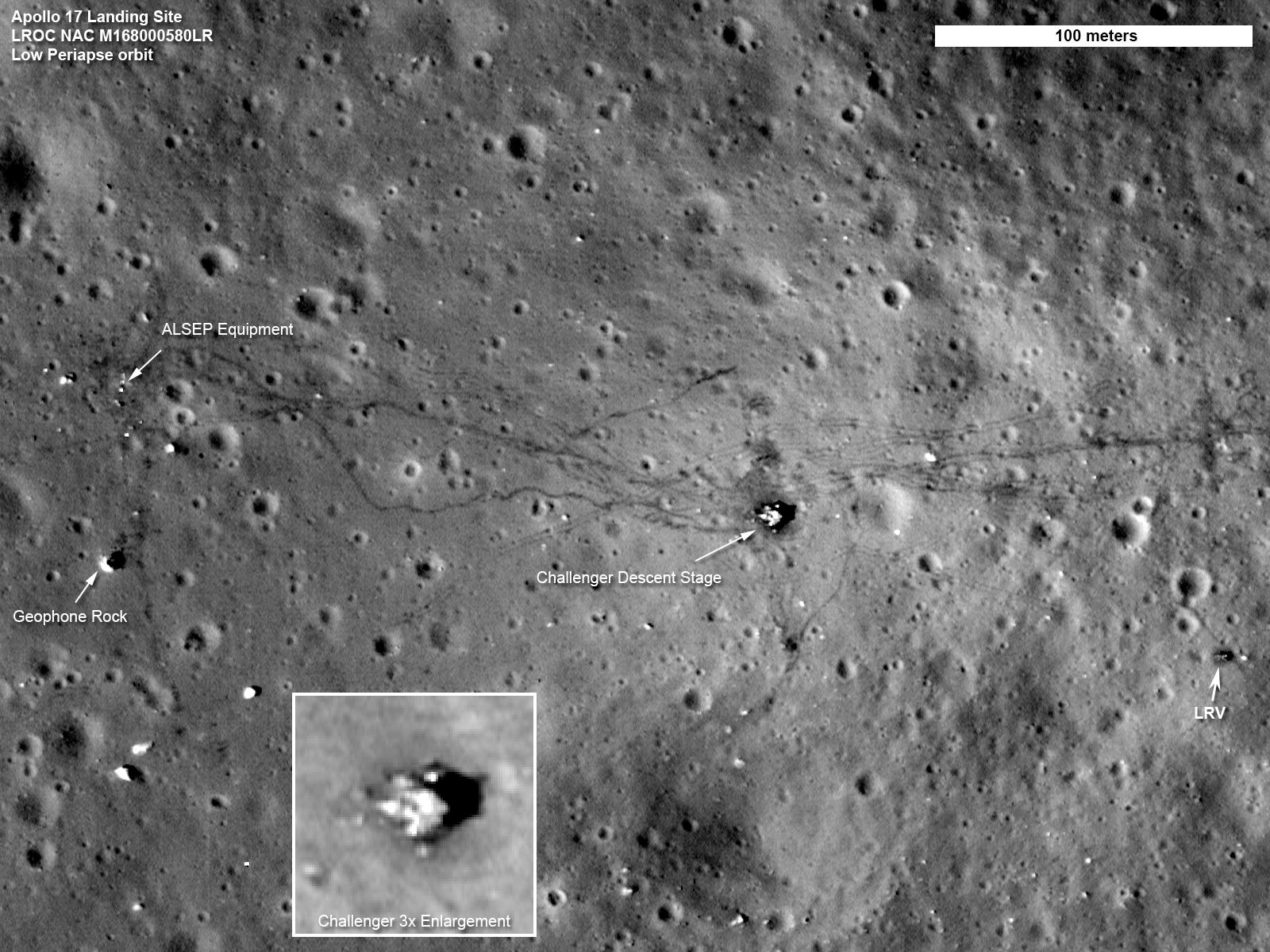
Source: Wikimedia Commons
The lander base made its way to the moon in the 1970s and has been there ever since. It vibrates every morning as it gets heated by the sun, causing tiny quakes on the moon. Allen Husker, a research professor of geophysics and author of the new study, revealed some information about the daily occurrence, saying, “Every lunar morning when the sun hits the lander, it starts popping off.”
Seismic Detectors Were Put on the Moon During the Apollo 17 Mission
One of the main functions of the Apollo 17 mission was for astronauts to perform geological surveying, conduct surface experiments, and gather information on the moon’s seismic activity.
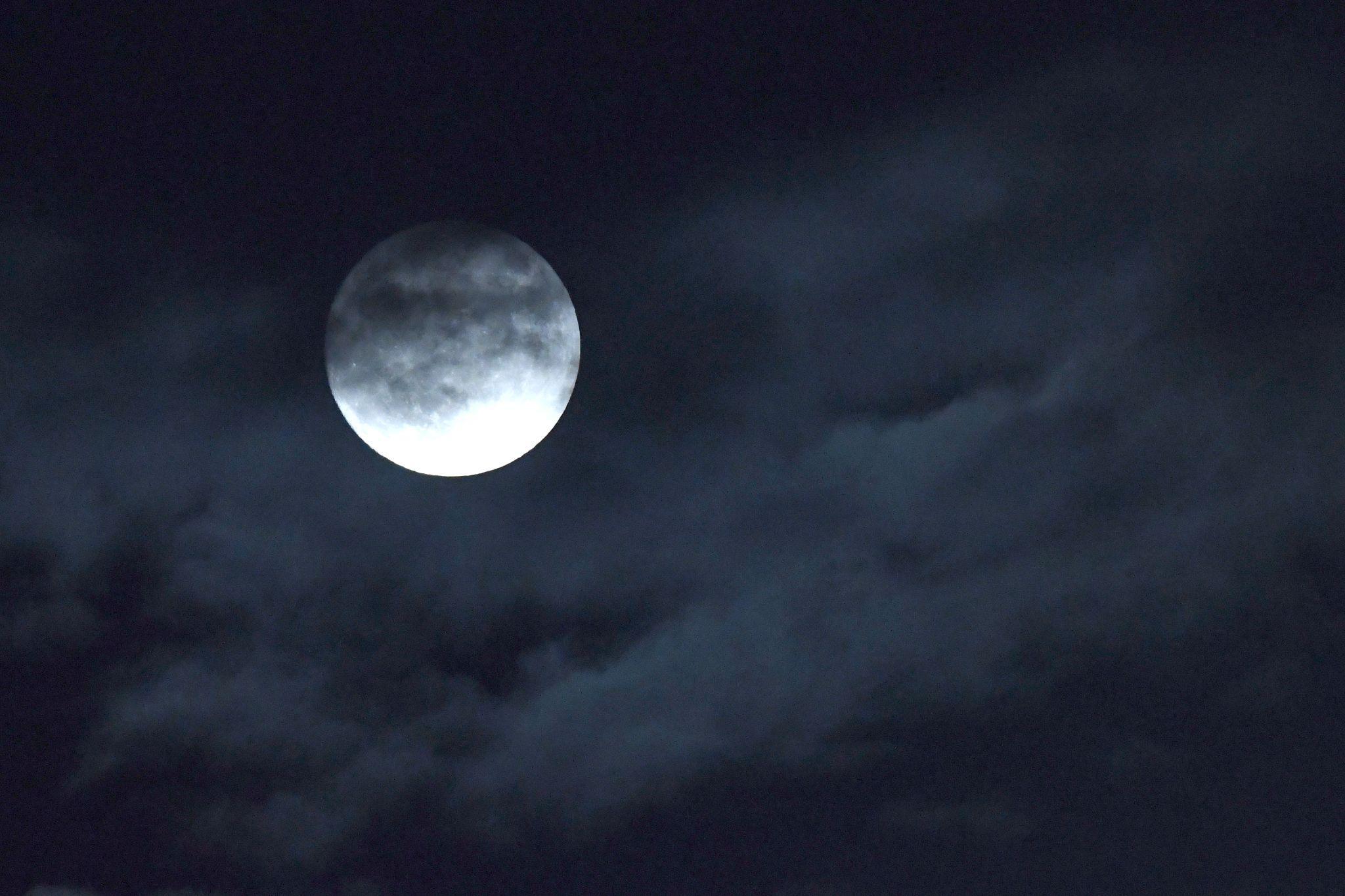
Source: Mitchell Layton/Getty Images
The Apollo 17 mission, which lasted from 1961 until 1972, served as the last mission in NASA’s Apollo program. Astronauts were tasked with placing seismic detectors on the moon to monitor potential seismic events. Research from the Apollo missions detected thousands of seismic occurrences on the moon, and the moon is the only place besides Earth that has undergone seismological experiments.
Moonquakes are Much Different Than Earthquakes
Although Apollo 17’s seismic detectors haven’t been functional since the 1970s, scientists have retraced their steps to study data from the past while applying logic from modern times.

Source: Wikimedia Commons
Their research paid off and led to such a stellar discovery. Readings from the moon’s seismic detectors have offered researchers valuable information about moonquakes. On Earth, quakes occur due to tectonic plate shifting. However, things are vastly different on the moon.
There Are Three Ways That Moonquakes Can Occur
A moonquake can happen in one of three ways – “a meteor hits the surface, the Earth’s gravity stretches the moon’s interior, or the moon’s surface bakes under the intense sunlight hitting it during the day.”
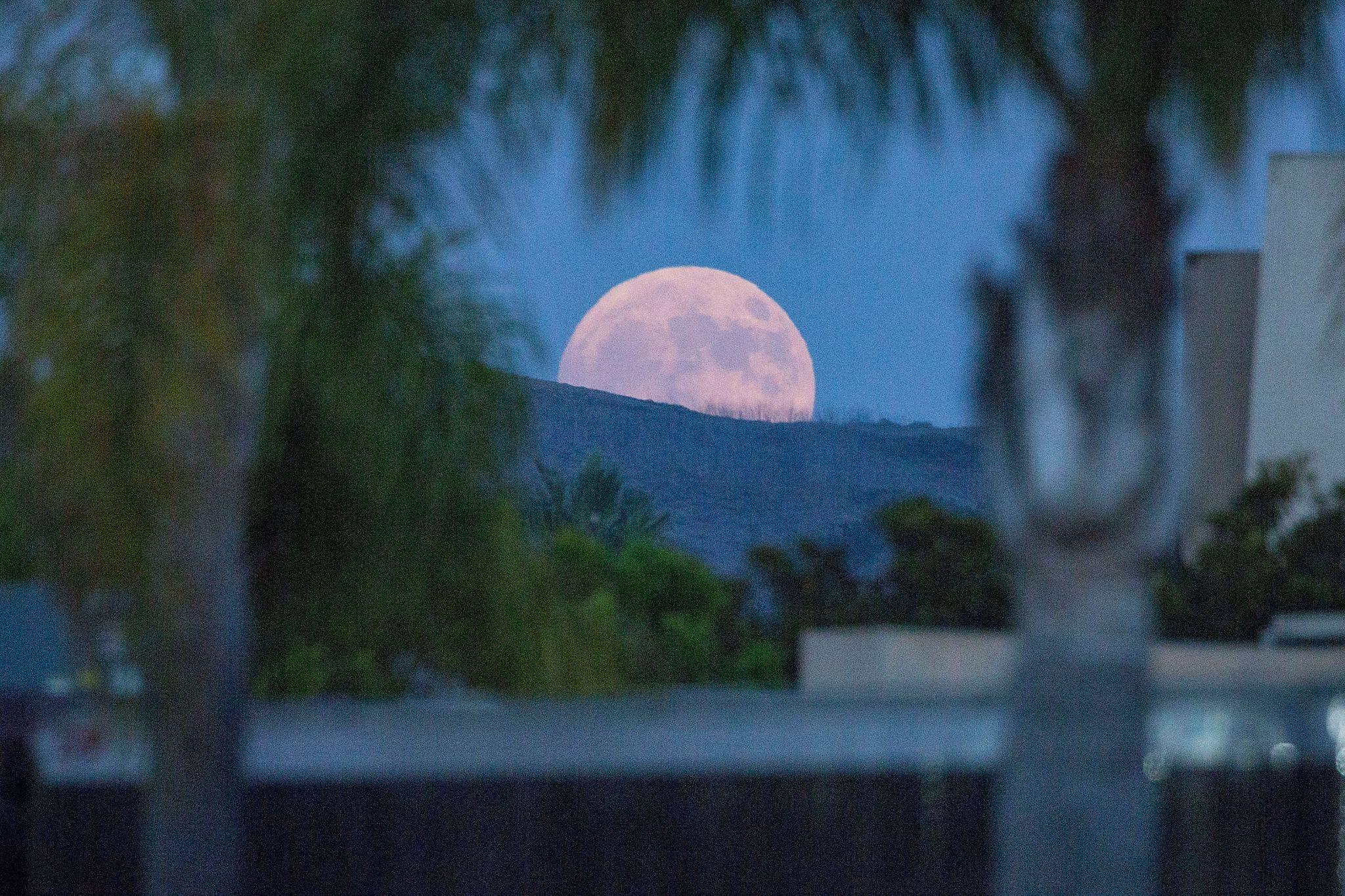
Source: Daniel Knighton/Getty Images
Because none of these three occurrences had taken place during the time of the morning moonquakes, scientists were certainly confused. After doing some more digging, they realized that the lunar quakes were caused by seismic detectors that have been on the moon for more than 50 years.
The Discovery Was 50 Years in the Making
Amazingly, these lunar quakes have never been noticed until now, despite data suggesting that daily tremors were taking place from October 1976 to May 1977.
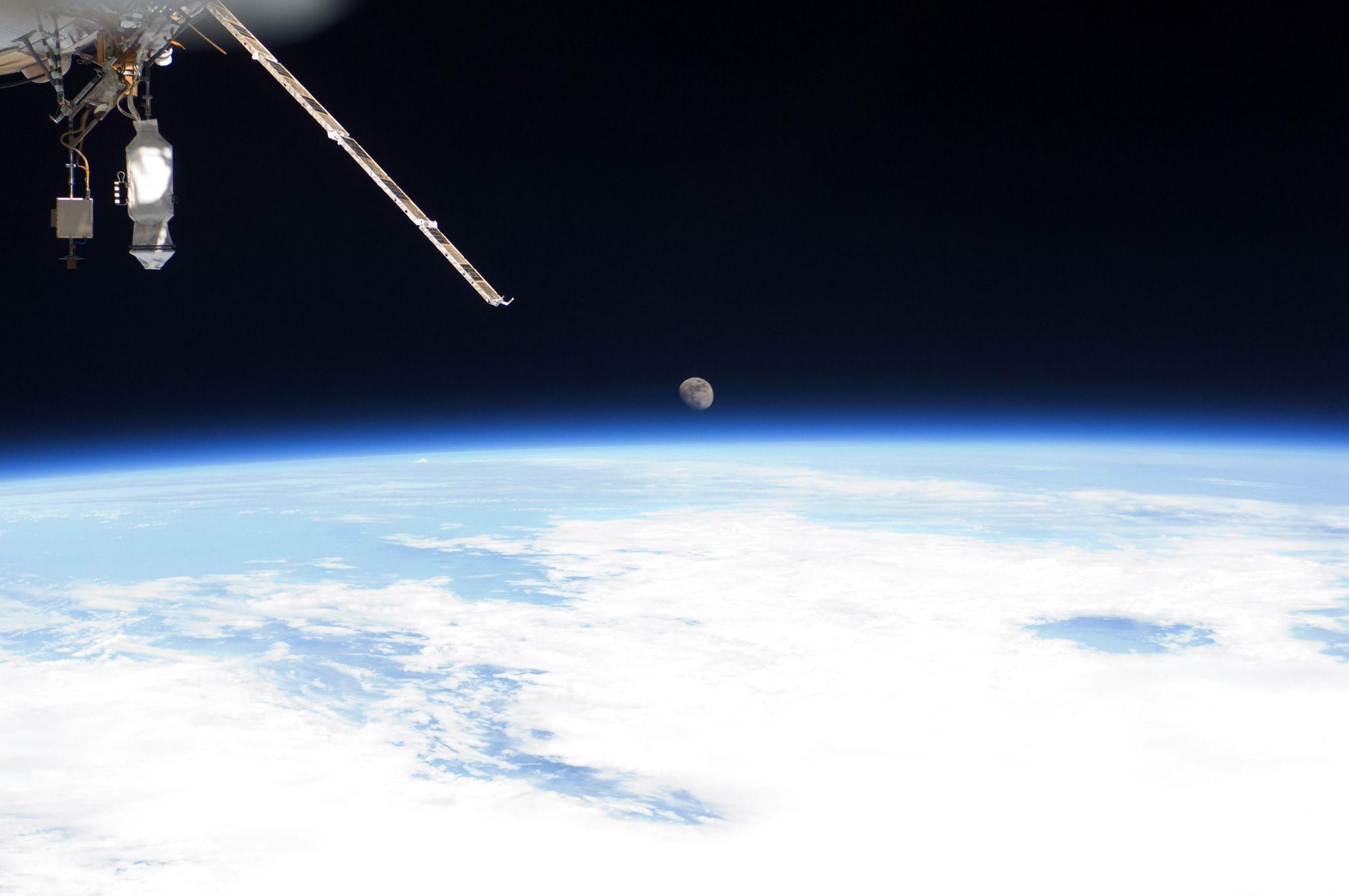
Source: NASA/Getty Images
Technology has made big strides since the 1970s and the original Apollo 17 readings were difficult to decode. NASA and Caltech researchers were able to sift through the data with extreme detail with the help of modern technical tools. The data showed that the thermal quakes happened in the afternoon as the moon started to cool from being heated by the sun’s bright rays. In the morning, scientists saw “bizarre waves” that showed up every few minutes. They were eventually to able determine the direct cause of the morning tremor.
The Lunar Lander is the Culprit
When the Apollo 17 mission was complete in 1972, astronauts left part of the lunar lander on the moon.
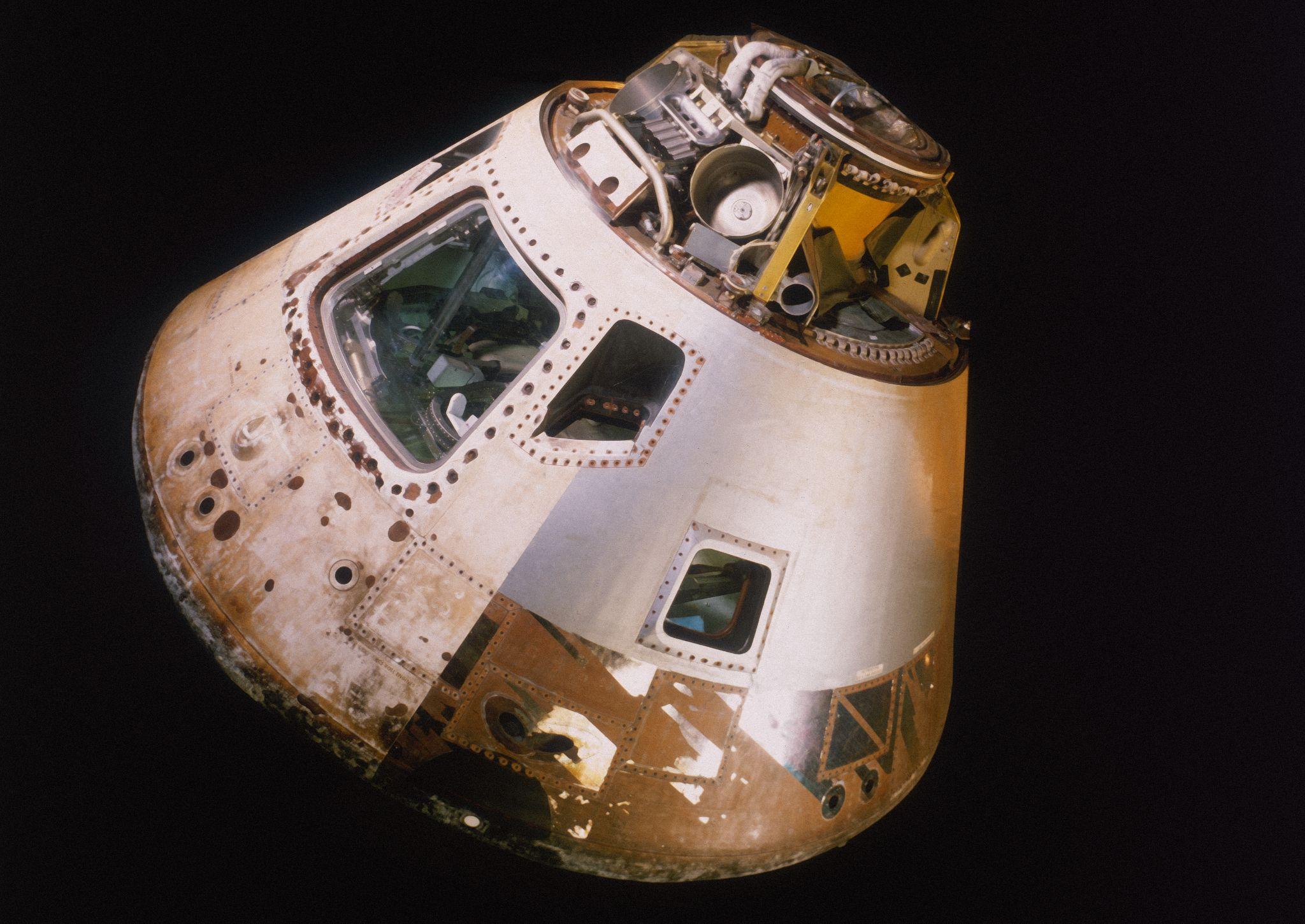
Source: Space Frontiers/Stringer/Getty Images
The lunar lander is the source of daily lunar tremors that have been occurring for more than five decades. The moon’s +250 to -208° F temperatures cause the giant metal object to boil and creak, which then creates mini lunar quakes. “We found that impulsive moonquakes are not due to natural processes, but are vibrations generated from the lunar module descent vehicle left by the astronauts in 1972,” said Husker.
There Have Been Few Trips Made to the Moon
In total, there have only been six human missions that have successfully landed on the moon. Because space travel is unpredictable and comes with many dangers, there is still a lot to learn about lunar functions.
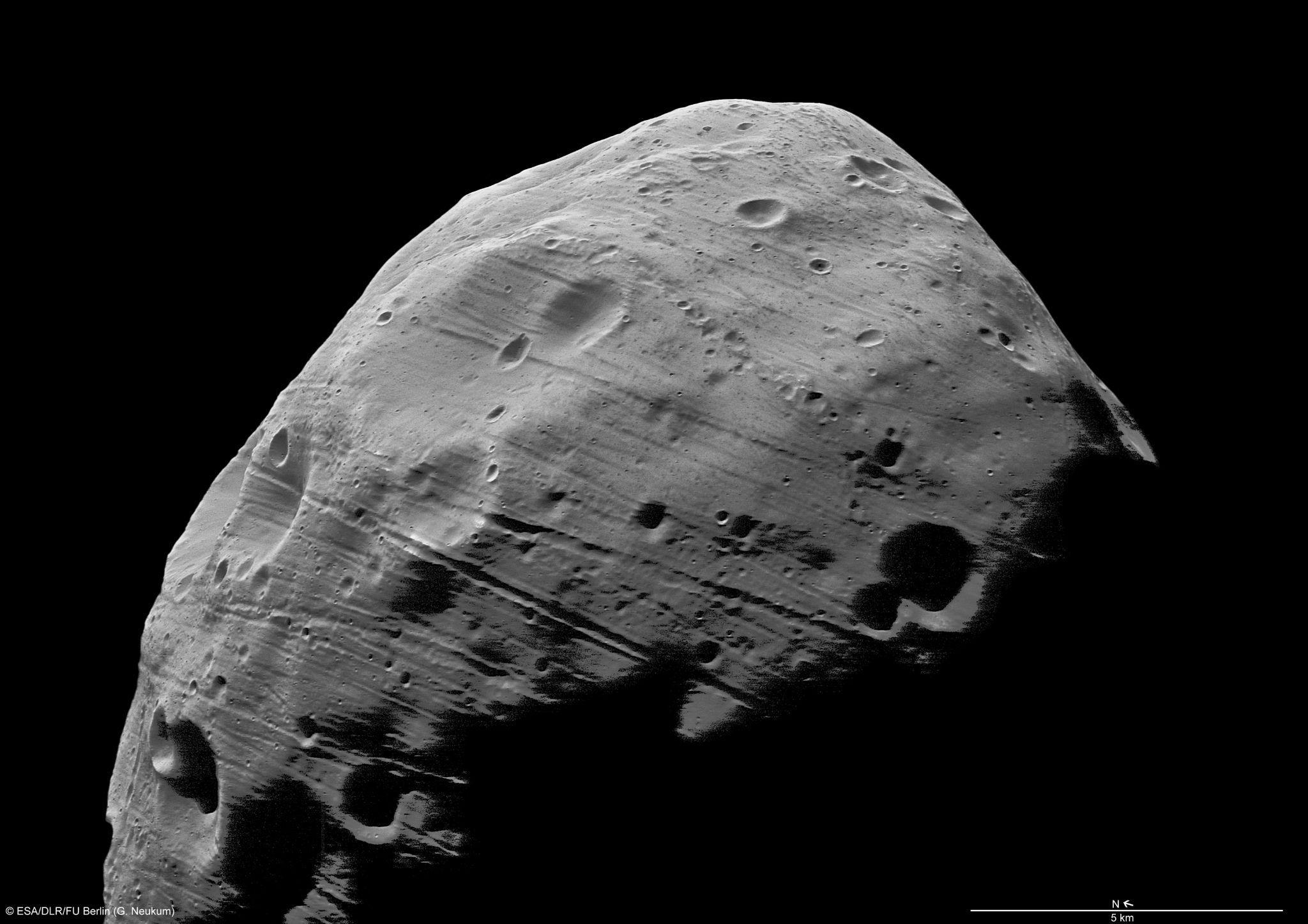
Source: Handout/Getty Images
While the first human made it to the moon in 1969, researchers still don’t understand the full scope of what happens when man-made objects are left on the moon’s surface for an extended period of time. As they found out, leaving a lunar lander caused seismic events.
The New Study Collected Valuable Intel
NASA has expressed interest in making another trek to the moon in 2025, despite not having a human moon mission in 50 years.
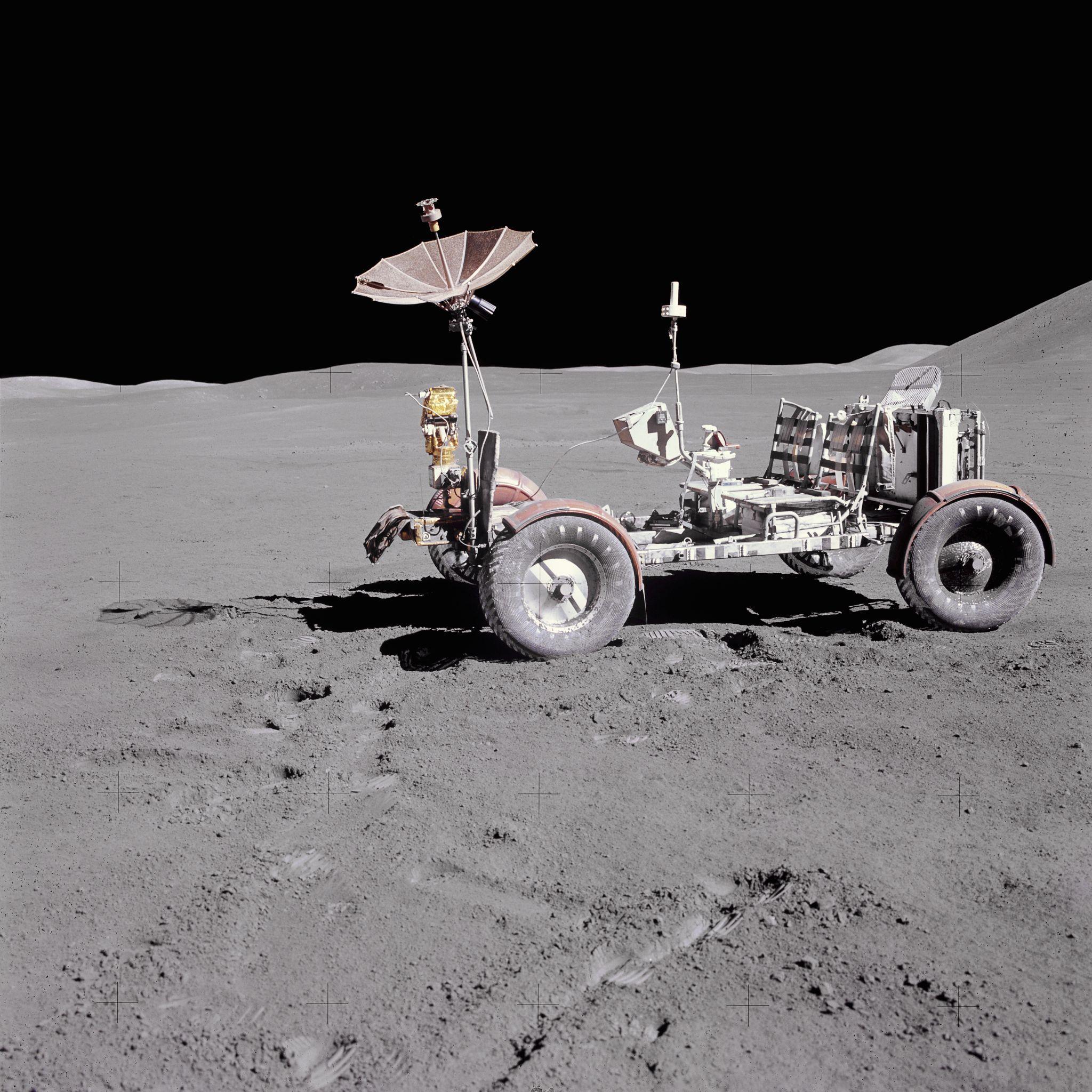
Source: NASA/Getty Images
This time, NASA hopes to have astronauts remain on the moon longer than they ever have before. Data collected during the recent moon tremor mystery study has shown researchers that leaving space gear on the moon for too long could be hazardous. To prevent the spaceship from “baking in the sun,” NASA plans on paying careful attention to formulating a new design.
Why Has It Taken So Long To Go Back To the Moon?
While NASA has sent a number of technology-advanced rovers to the moon, humans haven’t stepped foot on the moon’s surface for many years.
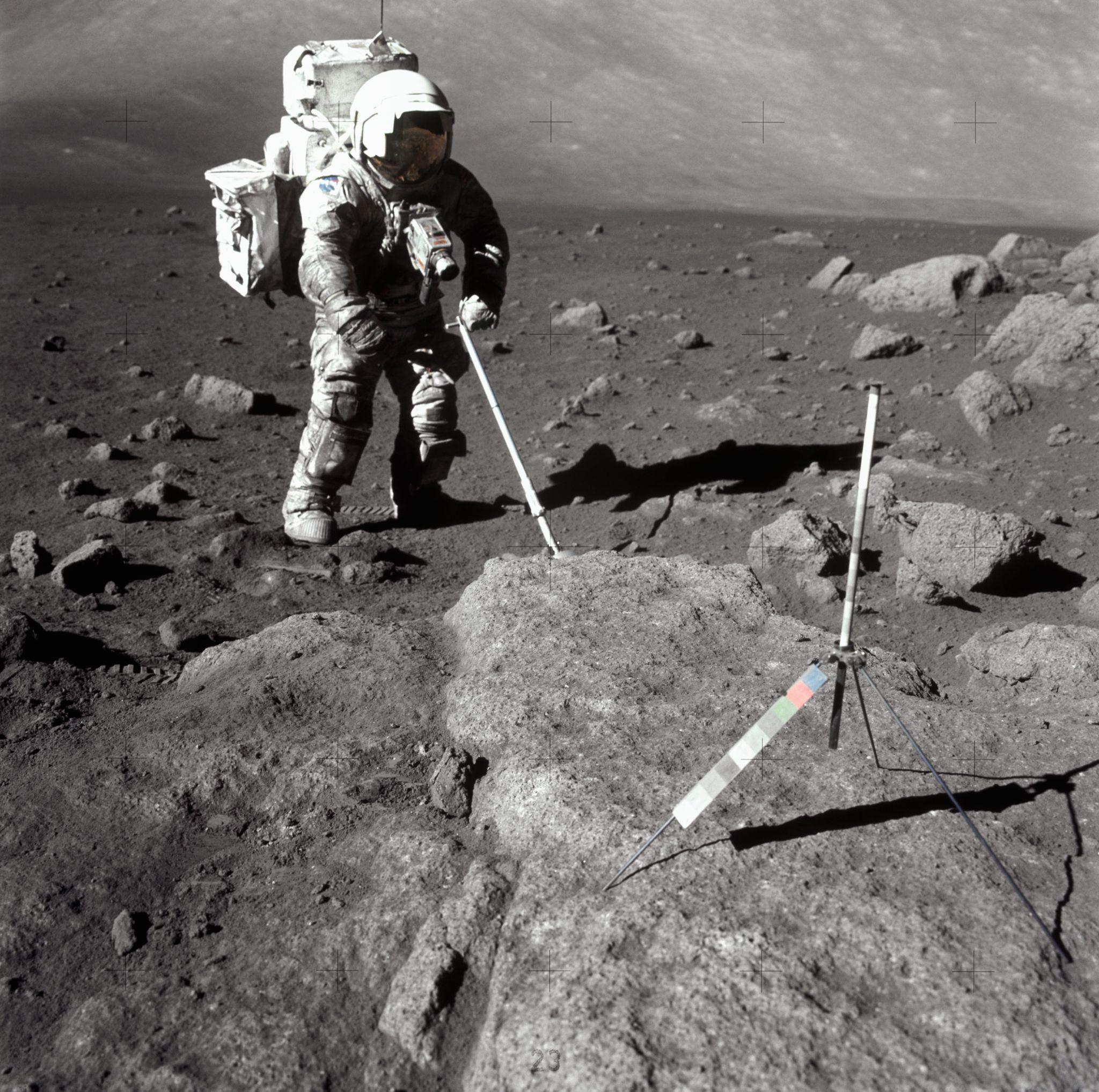
Source: NASA/Getty Images
Jim Bridenstine, who formerly worked for NASA revealed that it’s not science, technology, or lack of resources preventing more space travels to the moon. In fact, he insisted that the reason behind the lack of moon missions was purely political. “If it wasn’t for the political risk, we would be on the moon right now,” he said. “In fact, we would probably be on Mars.”
What’s Next For Moon-Based Research?
What’s next in terms of future research on the moon? According to former astronaut Chris Hadfield, “A permanent human research station on the moon is the next logical step.” With the goal of solving centuries-old conundrums about our solar system, Hadfield believes that we are close to having crews permanently based on the moon.

Source: NASA/Getty Images
“We have a whole bunch of stuff we have to invent and then test in order to learn before we can go deeper out.” Now that scientists know a bit more about how the lunar lander caused mini moon tremors, it’s safe to say that anything is possible when it comes to outer space studies.
